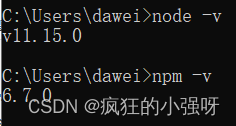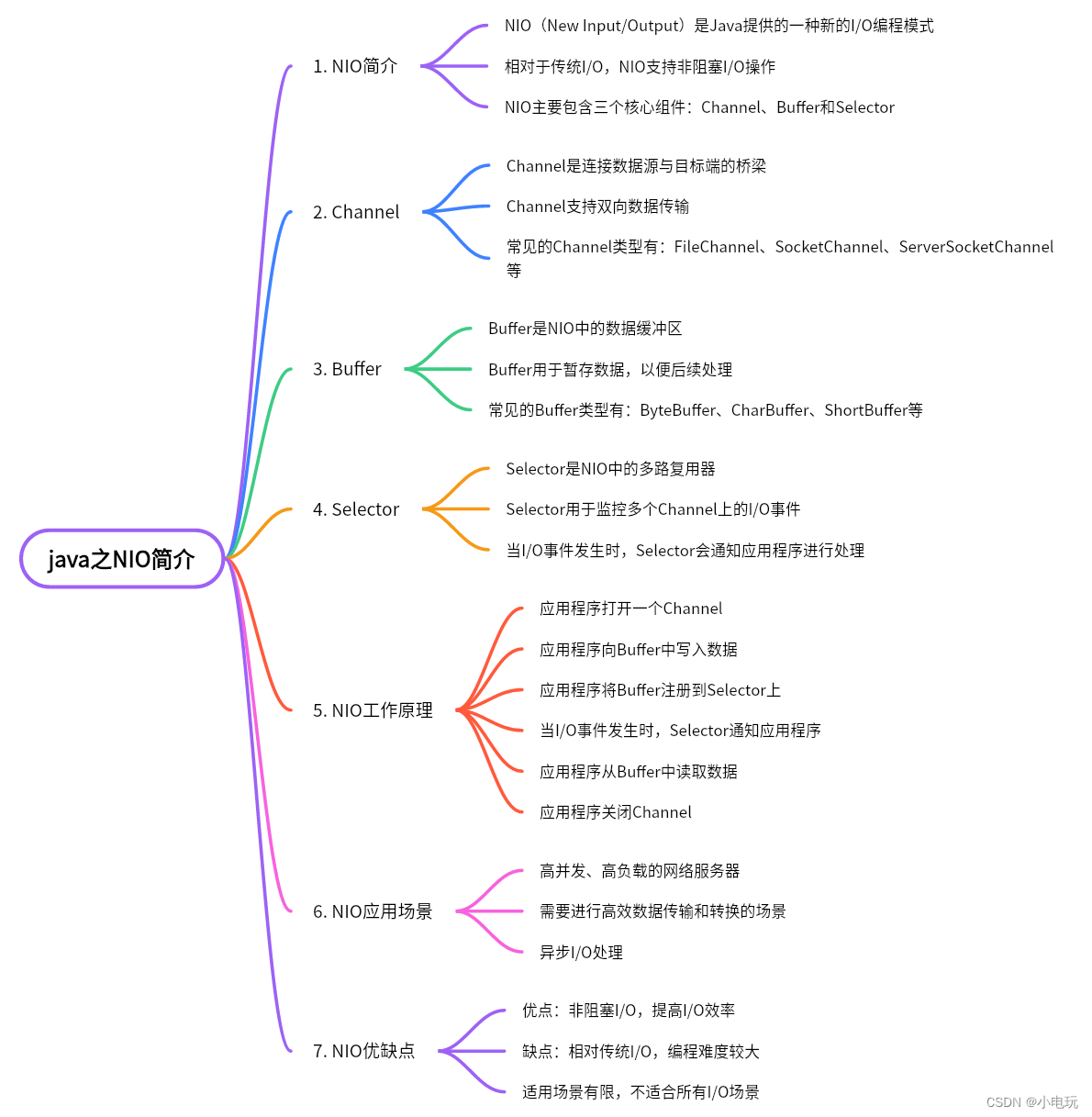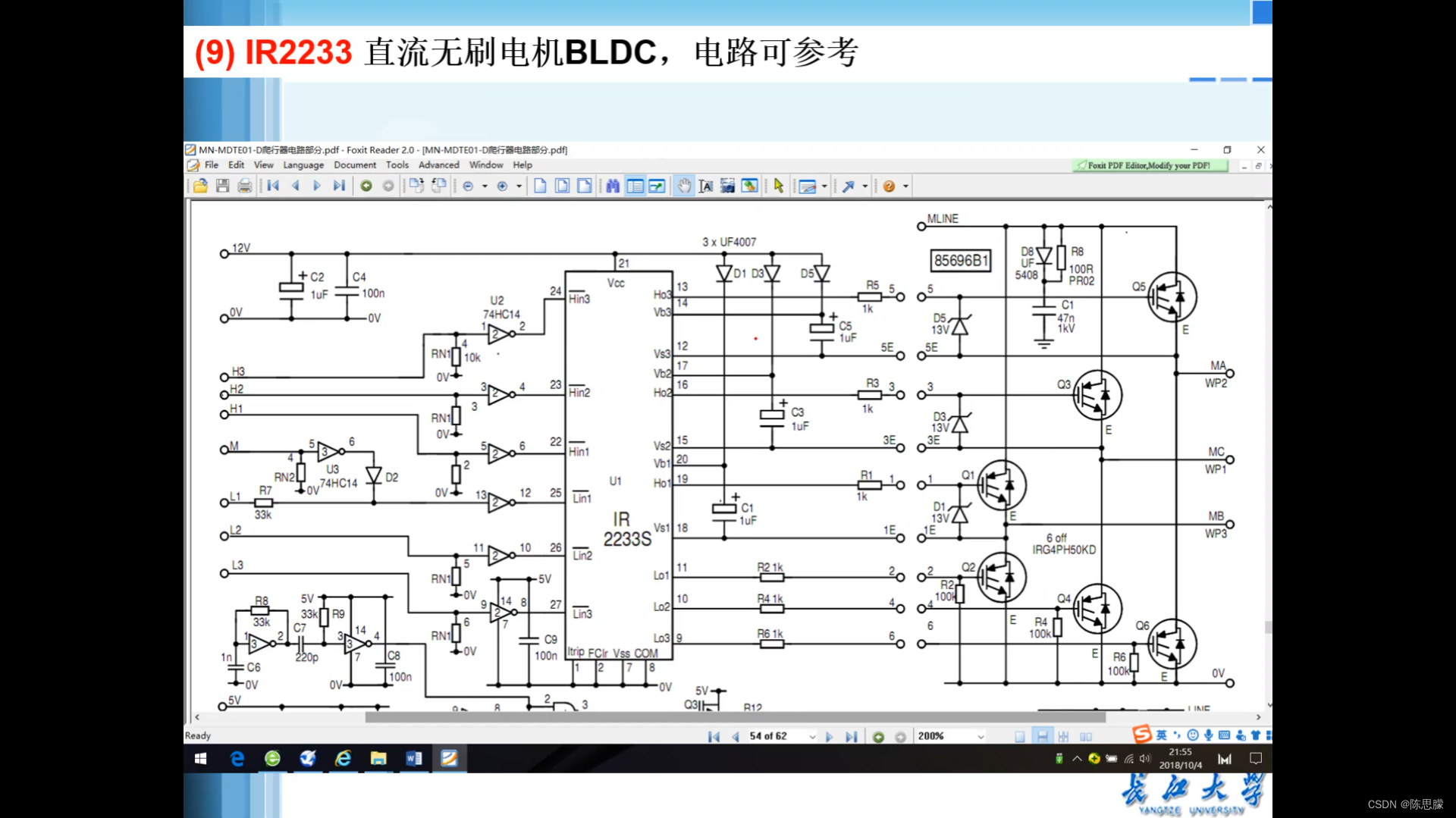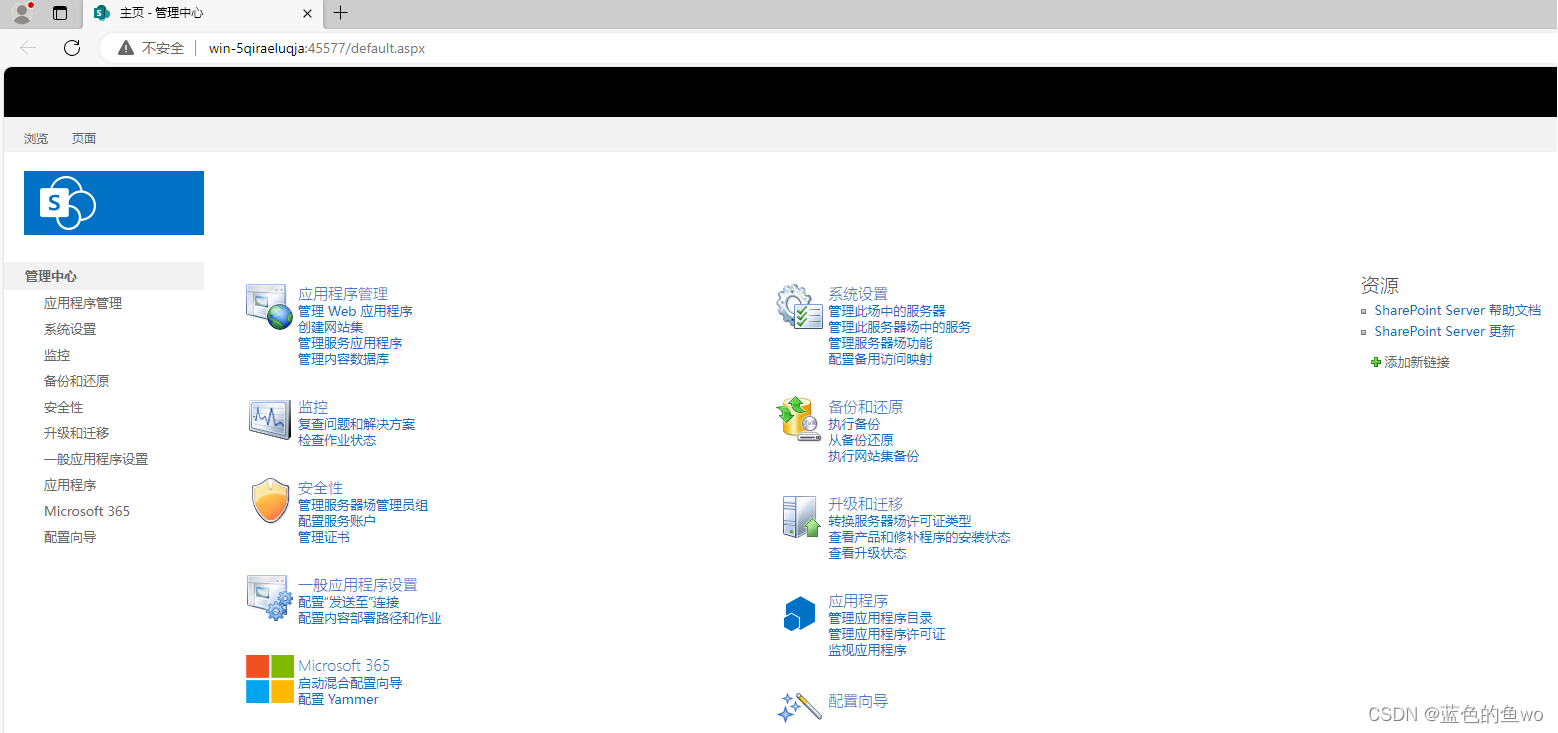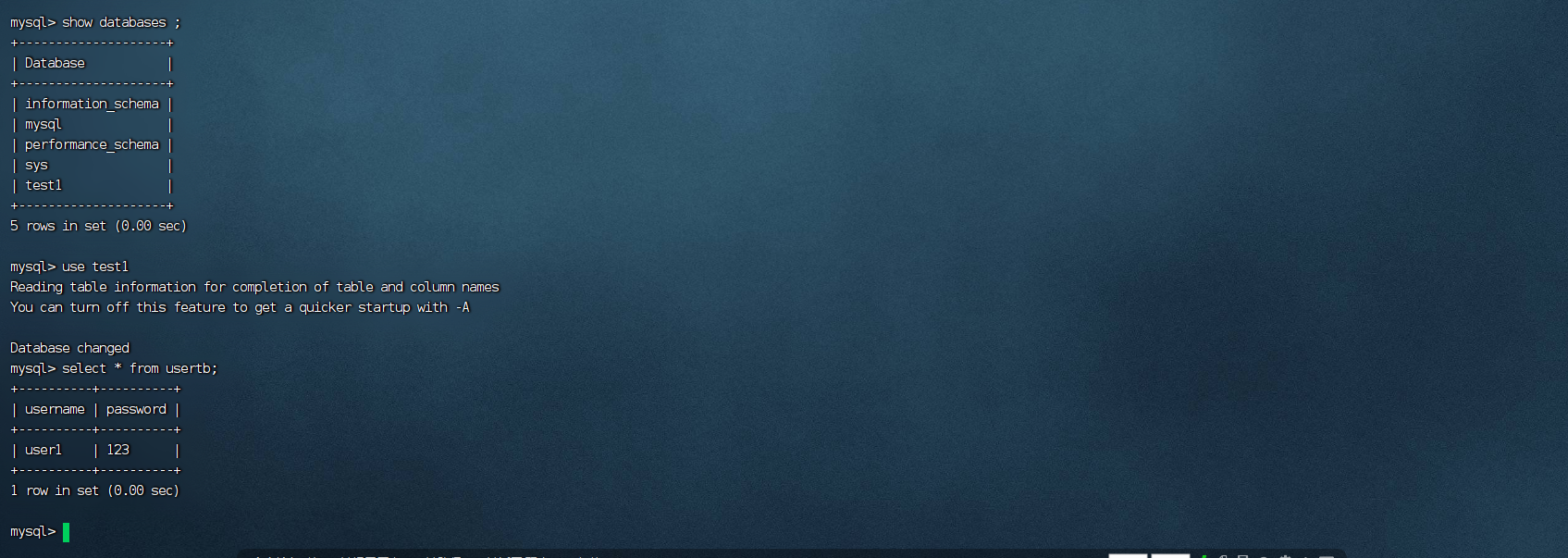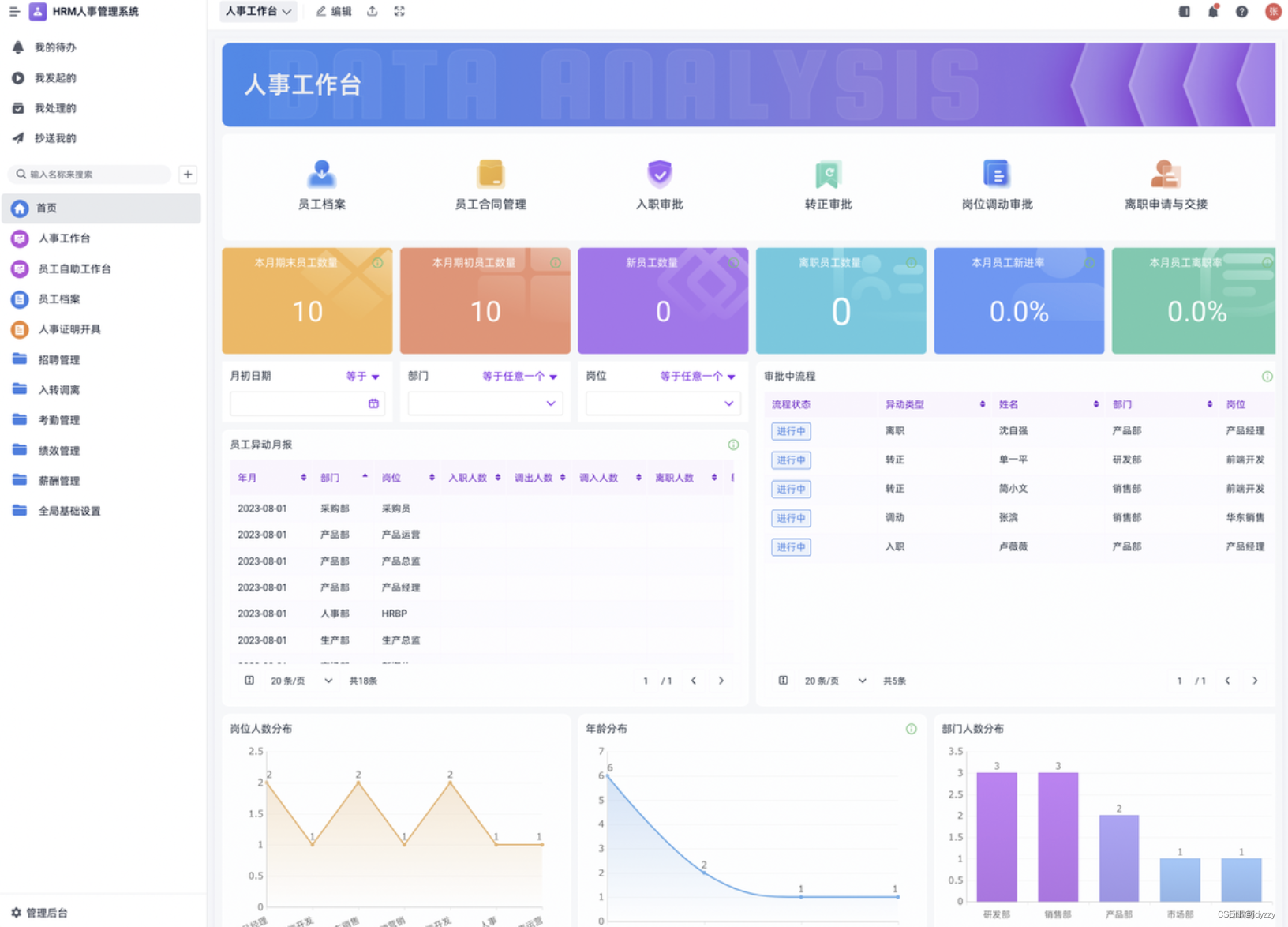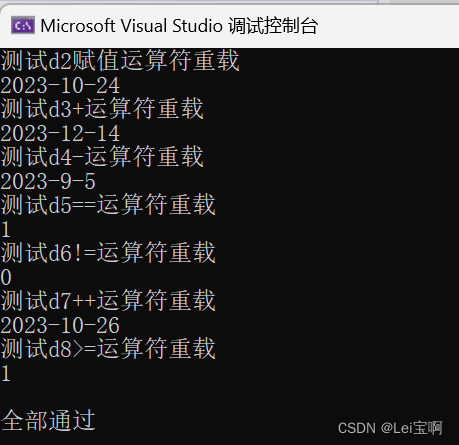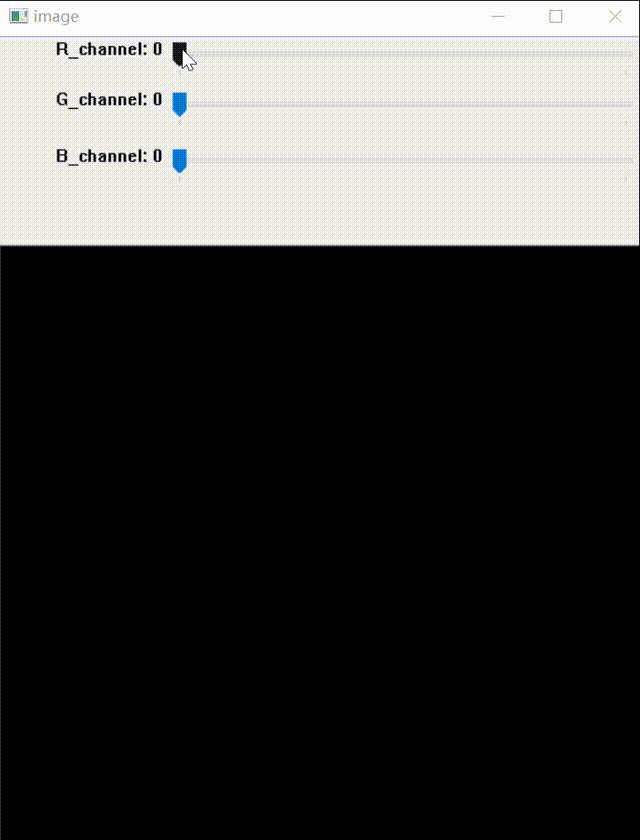目录
1. 默认构造函数
2. void push(const T& x)
3. void pop()
4. T& front()
5. T& back()
6. bool empty()
7. size_t size()

下面是 queue 的简介,来自 queue - C++ Reference (cplusplus.com)
的中文翻译,看看就行了,没必要深究,最终我们都会在模拟实现的时候讲解清楚的!
1. 队列是一种容器适配器,专门用于在FIFO上下文(先进先出)中操作,其中从容器一端插入元素,另一端 提取元素。
2. 队列作为容器适配器实现,容器适配器即将特定容器类封装作为其底层容器类,queue提供一组特定的 成员函数来访问其元素。元素从队尾入队列,从队头出队列。
3. 底层容器可以是标准容器类模板之一,也可以是其他专门设计的容器类。该底层容器应至少支持以下操 作: empty:检测队列是否为空 size:返回队列中有效元素的个数 front:返回队头元素的引用 back:返回队尾元素的引用 push_back:在队列尾部入队列 pop_front:在队列头部出队列
4. 标准容器类deque和list满足了这些要求。默认情况下,如果没有为queue实例化指定容器类,则使用标 准容器deque。
1. 默认构造函数
这是 queue 的使用中用得最多的构造函数,当然 queue 肯定有拷贝构造函数撒!
下面的代码演示了如何创建一个 queue。
#include<iostream>
#include<queue>
using namespace std;
int main()
{
queue < int> q;
return 0;
}
2. void push(const T& x)
这个函数可以向队列中加入一个元素!我们都知道 queue 是一种数据结构,他的特点是:只允许在队头 (front) 出数据,只允许在队尾 (back) 入数据。符合先进先出的特点!
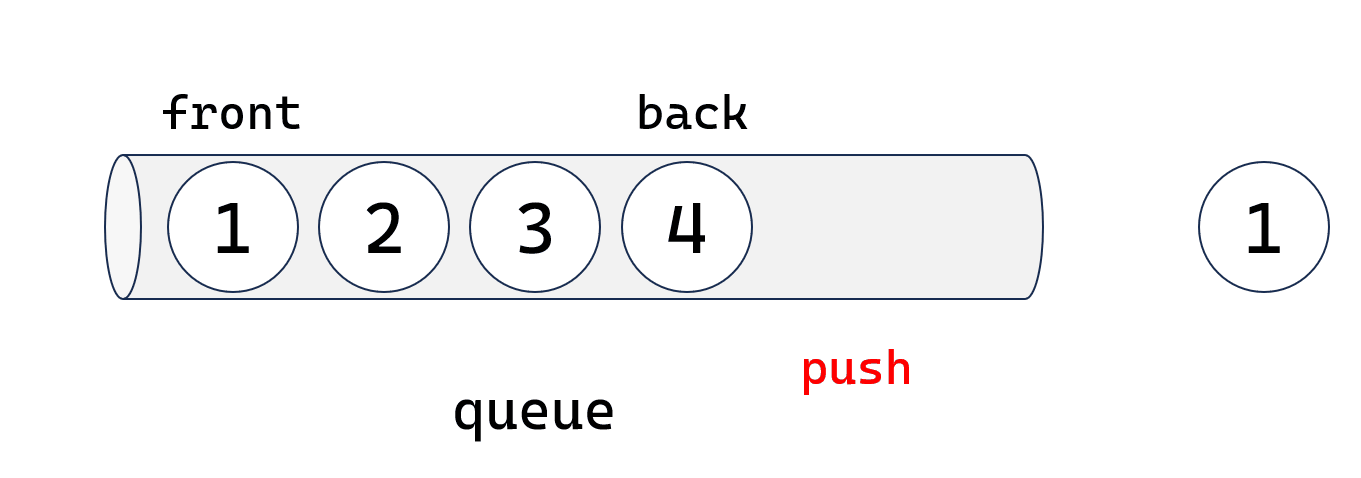
下面的代码演示如何使用 queue 插入数据:
#include<iostream>
#include<queue>
using namespace std;
int main()
{
queue < int> q;
q.push(1);
q.push(2);
q.push(3);
q.push(4);
return 0;
}
3. void pop()
这个函数可以删除队列中的一个元素,根据队列的特性,删除的是队头 (front) 的元素。
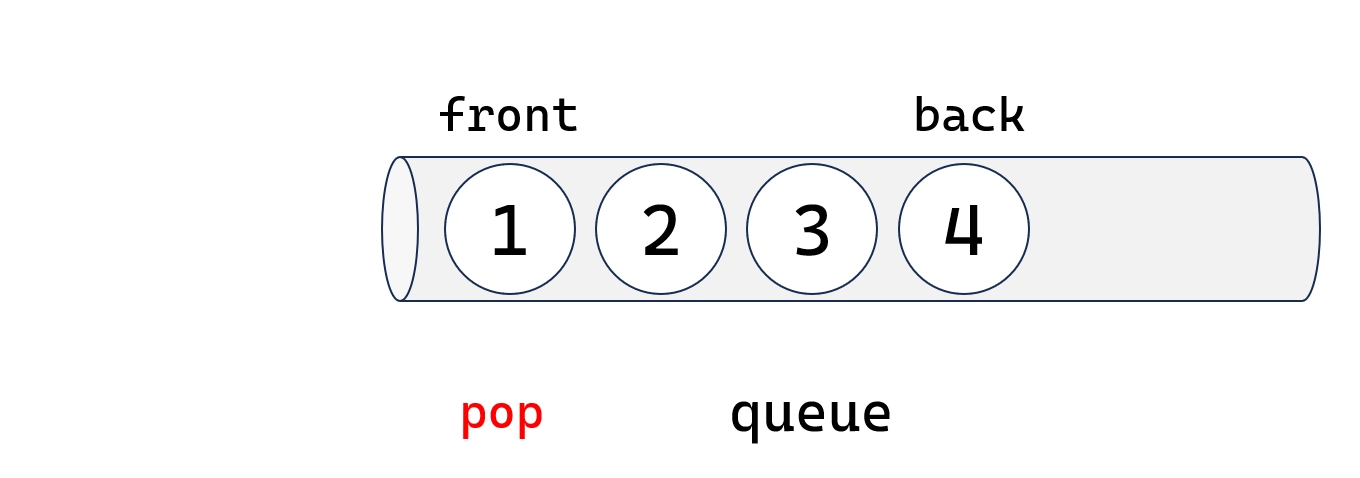
#include<iostream>
#include<queue>
using namespace std;
int main()
{
queue < int> q;
q.push(1);
q.push(2);
q.push(3);
q.push(4);
q.pop();
return 0;
}
4. T& front()
查看队头的数据。
#include<iostream>
#include<queue>
using namespace std;
int main()
{
queue < int> q;
q.push(1);
q.push(2);
q.push(3);
q.push(4);
cout << q.front() << endl; // 输出:1
return 0;
}
5. T& back()
查看队尾的数据。
#include<iostream>
#include<queue>
using namespace std;
int main()
{
queue < int> q;
q.push(1);
q.push(2);
q.push(3);
q.push(4);
cout << q.back() << endl; // 输出:4
return 0;
}
6. bool empty()
判断队列是否为空。
7. size_t size()
获取队列的大小。
#include<iostream>
#include<queue>
using namespace std;
int main()
{
queue < int> q;
q.push(1);
q.push(2);
q.push(3);
q.push(4);
cout << q.empty() << endl; // 输出:0
cout << q.size() << endl; //输出:4
return 0;
}
队列与栈是一样的,使用 STL 容器适配出来的,是一种有特定操作数据方式的数据结构。没有迭代器,不支持遍历。如果你想查看队列 或者 栈里面的所有元素,你必须将数据一个一个从队列 或者栈中删除。
